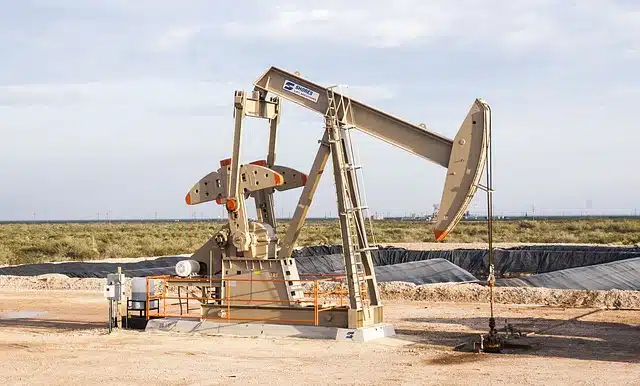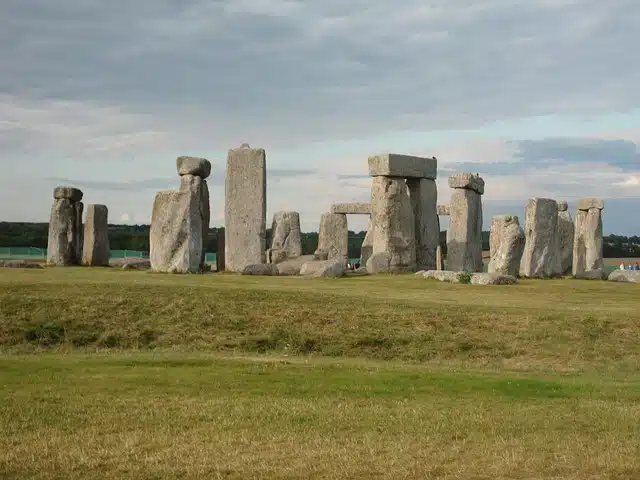
A deposit can be a space where minerals, rocks or fossils are naturally found.
When determining the etymological origin of the term site we have to make it clear that it is found in Latin. Specifically, it emanates from the verb iacere , which can be translated as "lying."
Site is the place where rocks, minerals, gases or fossils are found naturally ( geological site ), or the site where archaeological remains are found ( archaeological site ).
The geological deposits
Geological deposits are formations that present an unusually high concentration of geological materials compared to the rest of the Earth's crust . Given the quantity and quality of the materials, a site can justify its analysis to determine the possibility of its commercial exploitation.
Minerals, metals and hydrocarbons are some of the elements that can be found in deposits. For example: "They found an oil deposit in the Malvinas Islands" , "The discovery of an immense gold deposit changed the life of the people" .

In an archaeological site there are objects and structures of interest to archaeology.
Concentration of archaeological remains
Archaeological sites, for their part, are places with a wide concentration of remains (materials, structures, utensils, etc.) that can be studied by archaeology. The remains can be found on the surface or buried.
Unquestionably one of the most important places worldwide in this sense is the Atapuerca site , located in the mountain range of the same name that is located within the province of Burgos ( Spain ) and which has become the most valuable and oldest in Europe.
Characteristics of the Atapuerca site
It is classified as a World Heritage Site since remains and fossils of a total of four different species of hominids have been found there. Specifically, we are referring to homo sapiens, homo antecessor, homo sp and homo heidelbergensis.
There are two most important archaeological sites in this space: the railway trench area and the Cueva Mayor area. A latter enclave in which the one known as Sima de los Bones stands out especially, since a high number of bones dating back to the Middle Pleiscotenium have been found there, belonging to both human beings and animals.
All of this without overlooking the viewpoint site either. The main value of the place is the fact that vestiges from the Bronze Age have been found there. That, according to researchers, was used as a burial area and this is demonstrated by the six different types of human beings that have been found.
Anuradhapura (Sri Lanka), Leptis Magna (Libya) y Samarra (Iraq) son otros ejemplos de yacimientos arqueológicos, espacios que tienen una gran importancia histórica, cultural y turística.
More uses of the concept
In a similar sense, we speak of a paleontological site to refer to the site that contains fossilized remains of dinosaurs. There are various paleontological sites in Patagonia.
Metaphorical or symbolic language also uses the notion of reservoir to name the concentration of resources of any type that are susceptible to being used by man , either in the present or in the future.
In this way we can speak of a source of employment , to cite one case, to mention the economic sector that could generate numerous jobs in the short or medium term.
